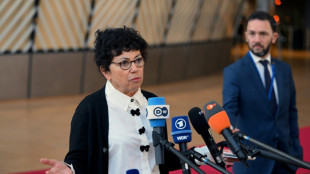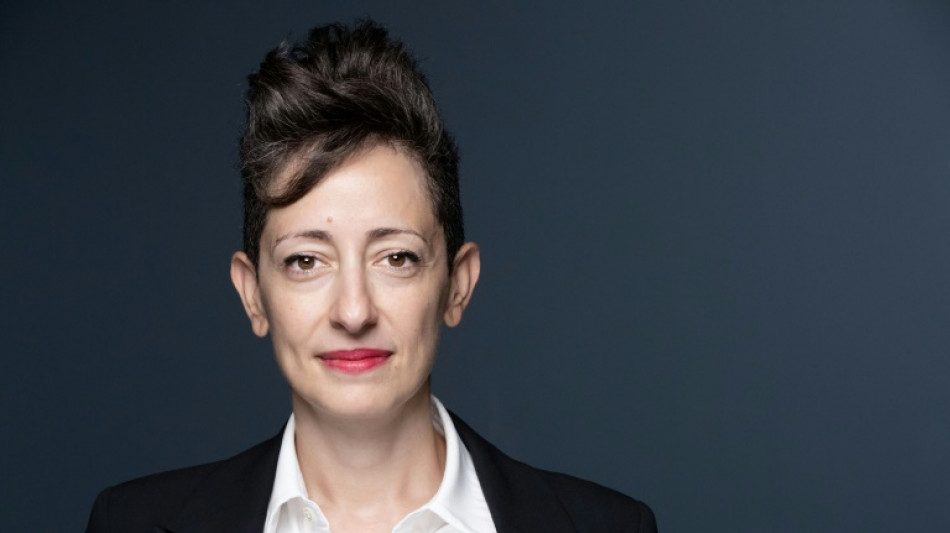
-
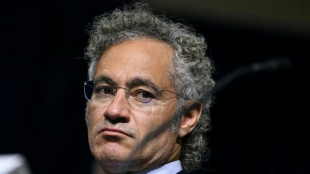 Stocks mostly drop as tech rally fades
Stocks mostly drop as tech rally fades
-
LIV Golf switching to 72-hole format in 2026: official

-
 'At home' Djokovic makes winning return in Athens
'At home' Djokovic makes winning return in Athens
-
Manchester City have become 'more beatable', says Dortmund's Gross

-
 Merino brace sends Arsenal past Slavia in Champions League
Merino brace sends Arsenal past Slavia in Champions League
-
Djokovic makes winning return in Athens

-
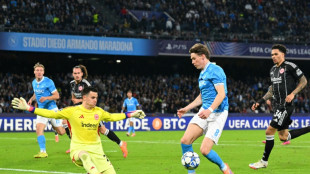 Napoli and Eintracht Frankfurt in Champions League stalemate
Napoli and Eintracht Frankfurt in Champions League stalemate
-
Arsenal's Dowman becomes youngest-ever Champions League player

-
 Cheney shaped US like no other VP. Until he didn't.
Cheney shaped US like no other VP. Until he didn't.
-
Pakistan edge South Africa in tense ODI finish in Faisalabad

-
 Brazil's Lula urges less talk, more action at COP30 climate meet
Brazil's Lula urges less talk, more action at COP30 climate meet
-
Barca's Lewandowski says his season starting now after injury struggles

-
 Burn urges Newcastle to show their ugly side in Bilbao clash
Burn urges Newcastle to show their ugly side in Bilbao clash
-
French pair released after 3-year Iran jail ordeal
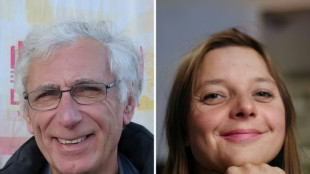
-
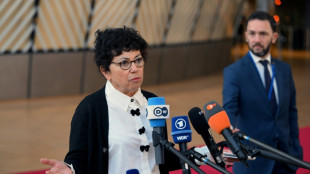 EU scrambles to seal climate targets before COP30
EU scrambles to seal climate targets before COP30
-
Getty Images largely loses lawsuit against UK AI firm
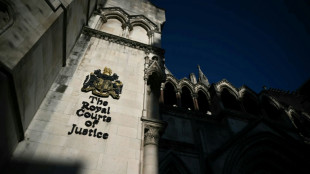
-
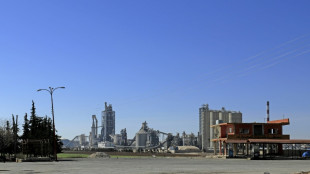 Cement maker Lafarge on trial in France over jihadist funding
Cement maker Lafarge on trial in France over jihadist funding
-
Sculpture of Trump strapped to a cross displayed in Switzerland

-
 Pakistan's Rauf and Indian skipper Yadav punished over Asia Cup behaviour
Pakistan's Rauf and Indian skipper Yadav punished over Asia Cup behaviour
-
Libbok welcomes 'healthy' Springboks fly-half competition

-
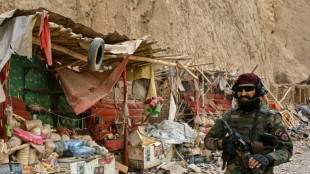 Reeling from earthquakes, Afghans fear coming winter
Reeling from earthquakes, Afghans fear coming winter
-
Ronaldo reveals emotional retirement will come 'soon'

-
 Munich's surfers stunned after famed river wave vanishes
Munich's surfers stunned after famed river wave vanishes
-
Iran commemorates storming of US embassy with missile replicas, fake coffins
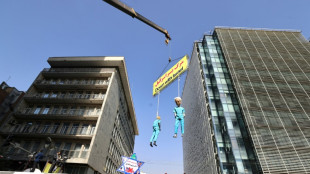
-
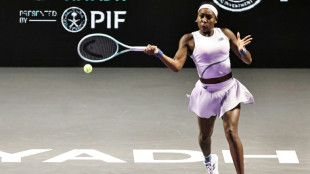 Gauff sweeps Paolini aside to revitalise WTA Finals defence
Gauff sweeps Paolini aside to revitalise WTA Finals defence
-
Shein vows to cooperate with France in probe over childlike sex dolls

-
 Young leftist Mamdani on track to win NY vote, shaking up US politics
Young leftist Mamdani on track to win NY vote, shaking up US politics
-
US government shutdown ties record for longest in history

-
 King Tut's collection displayed for first time at Egypt's grand museum
King Tut's collection displayed for first time at Egypt's grand museum
-
Typhoon flooding kills over 40, strands thousands in central Philippines

-
 Trent mural defaced ahead of Liverpool return
Trent mural defaced ahead of Liverpool return
-
Sabalenka to face Kyrgios in 'Battle of Sexes' on December 28

-
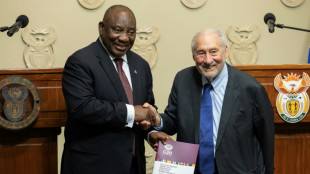 Experts call for global panel to tackle 'inequality crisis'
Experts call for global panel to tackle 'inequality crisis'
-
Backed by Brussels, Zelensky urges Orban to drop veto on EU bid

-
 After ECHR ruling, Turkey opposition urges pro-Kurd leader's release
After ECHR ruling, Turkey opposition urges pro-Kurd leader's release
-
Stocks drop as tech rally fades

-
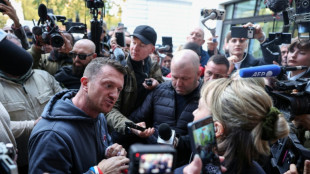 UK far-right activist Robinson cleared of terror offence over phone access
UK far-right activist Robinson cleared of terror offence over phone access
-
World on track to dangerous warming as emissions hit record high: UN

-
 Nvidia, Deutsche Telekom unveil 1-bn-euro AI industrial hub
Nvidia, Deutsche Telekom unveil 1-bn-euro AI industrial hub
-
Which record? Haaland warns he can get even better

-
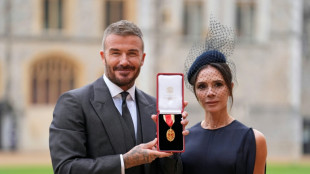 Football star David Beckham hails knighthood as 'proudest moment'
Football star David Beckham hails knighthood as 'proudest moment'
-
Laurent Mauvignier wins France's top literary award for family saga
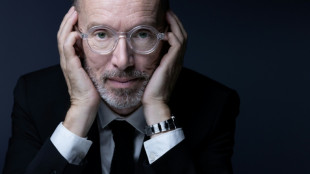
-
 Indian Sikh pilgrims enter Pakistan, first major crossing since May conflict
Indian Sikh pilgrims enter Pakistan, first major crossing since May conflict
-
Former US vice president Dick Cheney dies at 84
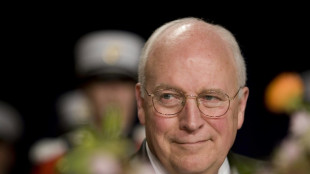
-
 Fiorentina sack Pioli after winless start in Serie A
Fiorentina sack Pioli after winless start in Serie A
-
Stocks drop as traders assess tech rally

-
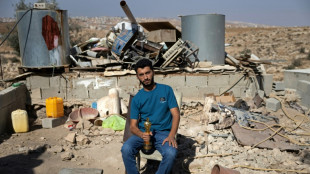 Oscar-winning Palestinian films daily 'Israeli impunity' in West Bank
Oscar-winning Palestinian films daily 'Israeli impunity' in West Bank
-
Spain's Telefonica shares drop on dividend cut, net loss

-
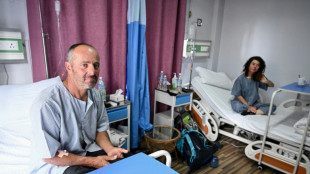 Fierce mountain storms kill nine in Nepal
Fierce mountain storms kill nine in Nepal
-
Divisive Czech cardinal Dominik Duka dies at 82
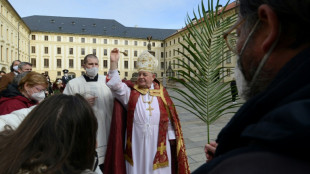

French-Lebanese architect seeks pro-climate construction transformation
Lina Ghotmeh has pegged her career on sustainable construction.
The French-Lebanese architect wants to see her industry transformed by drastically reducing the use of concrete -- a major CO2 contributor -- using more local materials and reusing existing buildings and materials.
"We need to change our value system," the 42-year-old told AFP last month.
The aim is to reduce the carbon footprint of the construction industry and create buildings that can better resist the impacts of climate change.
But it's not an easy battle.
The industry accounts for almost 40 percent of global greenhouse gas emissions, according to the United Nations.
Ghotmeh, who designed the Estonian National Museum and taught at Yale University, doesn't advocate for fewer buildings -- she knows that's an unrealistic goal in a world with a growing population.
"That would be like saying 'stop eating,'" she said.
- 'Don't demolish' -
Instead, we should "keep what already exists, don't demolish," but refurbish and retrofit old buildings in a sustainable way where possible.
Building a new detached house consumes 40 times more resources than renovating an existing property, and for a new apartment complex that rises to 80 times more, according to the French Agency for Ecological Transition (Ademe).
And where new constructions are needed, local materials and design should be used in a way that incorporates natural surroundings and saves energy.
Ghotmeh used more than 500,000 bricks made from local dirt for a new Hermes building in France, expected to open early next year.
The bricks also regulate the building's temperature and reduce energy needs.
The building will produce as much energy as it consumes, by being made energy efficient and using geothermal power.
- 'Circular thinking' -
Architects must, early in the project process, "think in a circular way," Ghotmeh said, choosing reusable organic or natural materials like wood, hemp, linen or stone.
This shouldn't stymie the design process either, she insists.
"In Canada, we build wooden towers, in Japan too. It's a material that is quite capable of being used for tall buildings," added Ghotmeh, who will build a wooden tower in Paris in 2023.
Another key approach is to build lighter, using less material and fewer toxins.
And then there's concrete, the main material in so many modern buildings and perhaps the most challenging to move away from.
"We must drastically reduce the use of concrete", she said, insisting it should only be used for essential purposes, such as foundations and building in earthquake-prone areas.
Some 14 billion cubic metres of concrete are used every year, according to the Global Cement and Concrete Association.
It emits more CO2 than the aviation industry, largely because of the intense heat required to make it.
Alternatives to concrete already exist, such as stone, or making cement -- a component of concrete -- from calcium carbonate. There are also pushes for low-carbon cement made from iron and steel industry waste.
- Beirut inspiration -
Building more sustainably often comes with a higher price tag -- it costs more to double or triple glaze windows and properly insulate a house -- but the long-term payoff is lower energy costs.
For Ghotmeh, it's an imperative investment in our future.
It was her birthplace of Beirut that inspired her to become an architect, spurring a desire to rebuild the so-called "collapsed city" ravaged by war.
In 2020, she completed the "Stone Garden" apartment tower in the city, built with concrete covered with a combed coating, a technique often used by local craftsmen. She used concrete in the construction because of earthquake risks.
The building was strong enough to survive the port explosion in 2020 that destroyed a large part of the city.
And the city continues to inspire her today, even when it comes to climate sustainability.
"Since there is practically only an hour of electricity per day, all the buildings have solar panels now. There is a kind of energy independence which is beginning to take place, by force," she said.
"Does it take a catastrophe like the one in Lebanon to make this transition?"
K.AbuTaha--SF-PST

